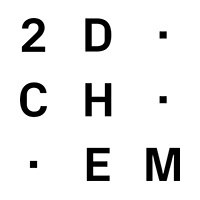We are happy to announce that our proposal AV-2021024897 has been approved by the Scientific Review Panel from @ALBAsynchrotron to perform measurements at the beam line BL22-CLÆSS. You can find more info about measuring in ALBA Synchrotron, as well as all the technical specifications and equipment.
We are happy to announce that our proposal AV-2021035147 has been approved by the Scientific Review Panel from @ALBAsynchrotron to perform measurements at the beam line BL16-NOTOS. You can find more info about measuring in ALBA Synchrotron, as well as all the technical specifications and equipment.
We are happy to announce that our proposal AV-2021025023 has been approved by the Scientific Review Panel from @ALBAsynchrotron to perform measurements at the beam line BL11-NCD SWEET. You can find more info about measuring in ALBA Synchrotron, as well as all the technical specifications and equipment.
11/12/2020















